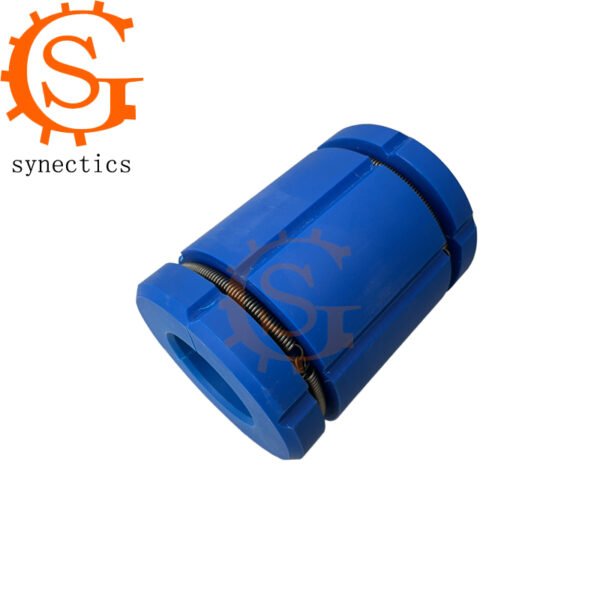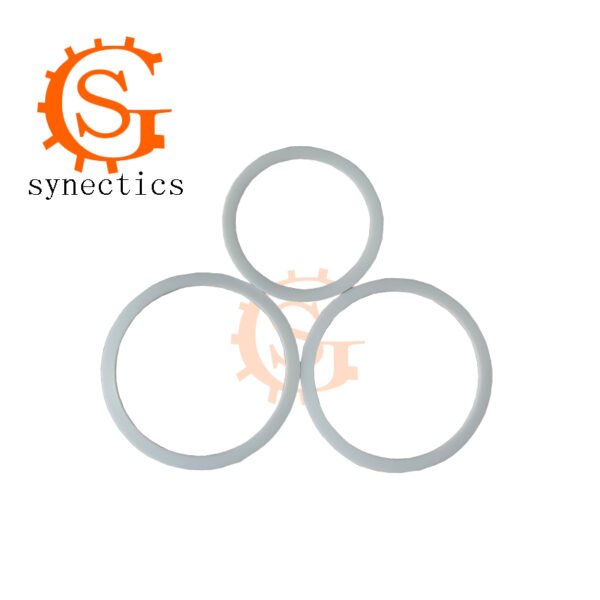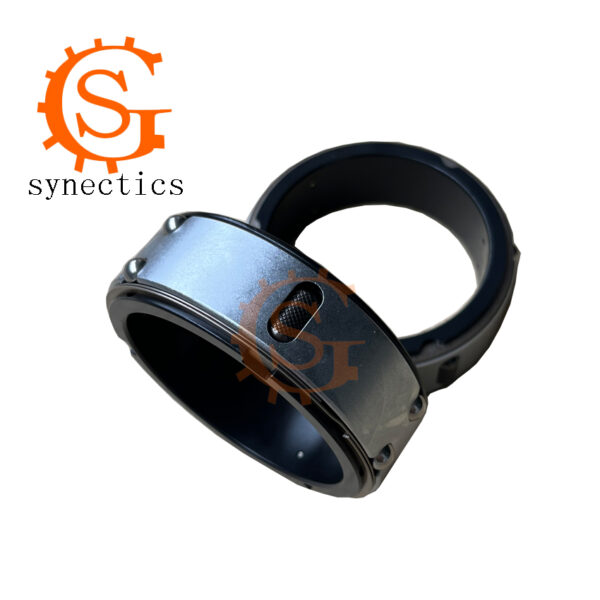Air valves in an air shaft, typically found in steam engines or industrial machinery that uses compressed air, play a crucial role in controlling the flow of air into and out of the cylinder. The air shaft contains the cylinder where the piston operates to convert the pressure of the air into mechanical work.
The factory gas nozzle specifications are complete, with 1/8, 1/4,
3/8, M14*1.0, M14*1.5 and other kinds of inflatable shaft inflatable nozzle, product quality assurance, affordable price, welcome to buy.
Inflatable shaft inflatable handle (inflatable shaft inflatable stick) : It is a special tool for inflating and deflating, easy to use, safe and fast. According to different air nozzle, choose different models
Inflatable handles. The company’s inflatable stick specifications complete, quality assurance!!
The inflatable shaft air bag is divided into flat air bag and round air bag, and the specifications of the flat air bag are divided into three specifications with a width of 15mm, 20mm and 25mm, and the thickness is 1.5mm
Here’s how air valves function:
1. Intake Valve (Inlet Valve):
Purpose: Allows compressed air to enter the cylinder during the intake stroke.
Mechanism: When the piston moves upwards, it opens the intake valve at the top of the cylinder. This action lets air enter the cylinder, pushing the piston downwards when the air pressure exceeds the atmospheric pressure.
Timing: It’s critical for efficient operation, as it should only occur when the piston is positioned to maximize the volume of the cylinder to accept the air charge.
2. Exhaust Valve (Outlet Valve):
Purpose: Allows air or steam (in some cases) to exit the cylinder during the exhaust stroke.
Mechanism: After the piston has moved down and completed its work (compression), the intake valve closes, and the exhaust valve opens. This allows the spent air or steam to escape, allowing the piston to return to its original position.
Timing: Proper timing is essential to ensure that all air or steam is removed before the new cycle begins, minimizing wasted energy and maximizing efficiency.
3. Timing and Control:
Crankshaft Interaction: The movement of the crankshaft, which converts the linear motion of the piston into rotational motion, controls the opening and closing of these valves through levers or links.
Valve Springs or Solenoids: In modern applications, springs can keep the valves closed except when the air pressure changes due to the piston’s motion. In some automated systems, solenoids or similar devices may control the valve opening under specific conditions.
4. Importance:
Efficient operation of these valves ensures smooth and continuous power delivery from the air source to the machinery or system using the air as a power medium. Proper valve timing and maintenance are key to maintaining the performance and longevity of the machinery.
5. Maintenance:
Regular Inspection: Regular checks for wear, leakage, and blockage are necessary to prevent inefficiency and potential safety hazards.
Cleaning and Replacing: Over time, valves can become dirty or worn, affecting their function. Cleaning and replacing worn parts is common practice.
Understanding and managing the functionality of air valves is fundamental to operating systems that rely on compressed air, such as those found in manufacturing plants, automotive testing facilities, and other industrial applications.









No comment